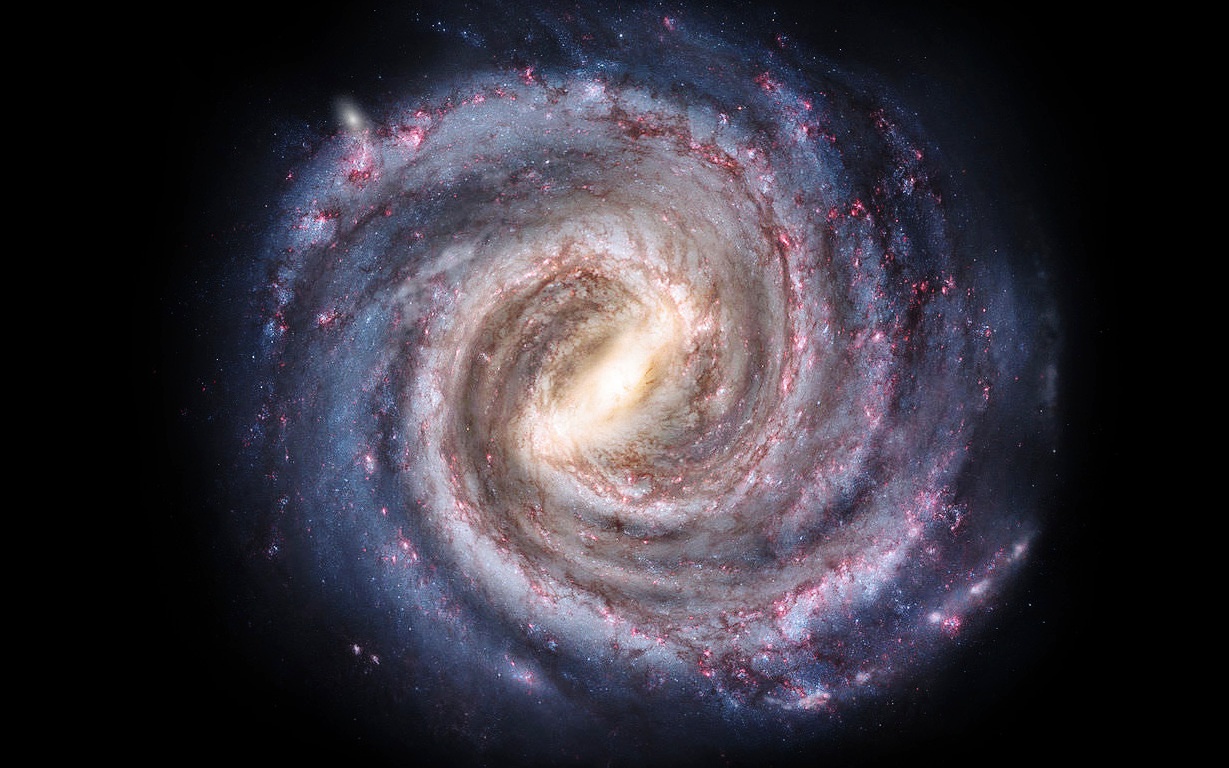Scientists have studied the bars of galaxies. These stellar structures, like the axis of a globe, come out from two sides of the cores of some of them. Previously, scientists believed that it takes a long time for them to appear. However, it turned out that there were already a lot of them in the early universe.

History of the early Universe
According to a new study, the early galaxies of the universe were less chaotic and evolved much faster than previously thought. An international team of astronomers led by Durham University, in the UK, used the James Webb Space Telescope to confirm the presence of bars in their structure.
Bars are elongated bands of stars located in disk or spiral galaxies, such as our Milky Way, near their cores. During development, they regulate star formation by pushing gas into the central part of the galaxy, and their presence tells scientists that the galaxies have entered a stable mature phase.
Previous studies conducted with the Hubble Space Telescope have been able to detect galaxies in which membranes formed as early as 8 or 9 billion years ago. But thanks to the increased sensitivity and wavelength range offered by the James Webb Telescope, researchers were able to see a phenomenon that occurred even earlier in the past. This means that scientists may have to rethink their theories about the evolution of star systems in the early stages of the formation of the universe.
Bars in early galaxies
The lead author of the study, Zoe Le Conte, a Ph.D. researcher at the Center for Extragalactic Astronomy at the department of Physics at Durham University, says: “Galaxies in the early universe are maturing much faster than we thought. This is a real surprise because you would expect the universe at that stage to be very turbulent with lots of collisions between galaxies and a lot of gas that hasn’t yet transformed into stars.”
However, thanks to the James Webb Space Telescope, scientists saw many of these bands much earlier in the life of the universe, indicating that the galaxies were already at a more established stage of their evolution at that time than previously thought.
The researchers used the James Webb Telescope to search for bars in galaxies as they might have been from 8 to 11.5 billion years ago. The age of the universe itself is 13.7 billion years. Of the 368 disk systems studied, almost 20% had such formations. That’s twice as much as Hubble observed.
Further exploration of galaxies
However, as the researchers looked further into the past, they were able to see fewer and fewer galaxies forming bars.
They say that this may be due to the fact that star systems at an even earlier stage of the universe’s development may not have been so well formed. There is also no way to see shorter stellar bars, which are harder to spot, even with the increased power provided by the James Webb Telescope.
The researchers say they now want to explore even more galaxies in the early universe to see if they also formed bars. They hope to look even further into the past — 12.2 billion years and look at the growth of bars over time and the mechanisms behind this growth.
According to phys.org
Follow us on Twitter to get the most interesting space news in time
https://twitter.com/ust_magazine


